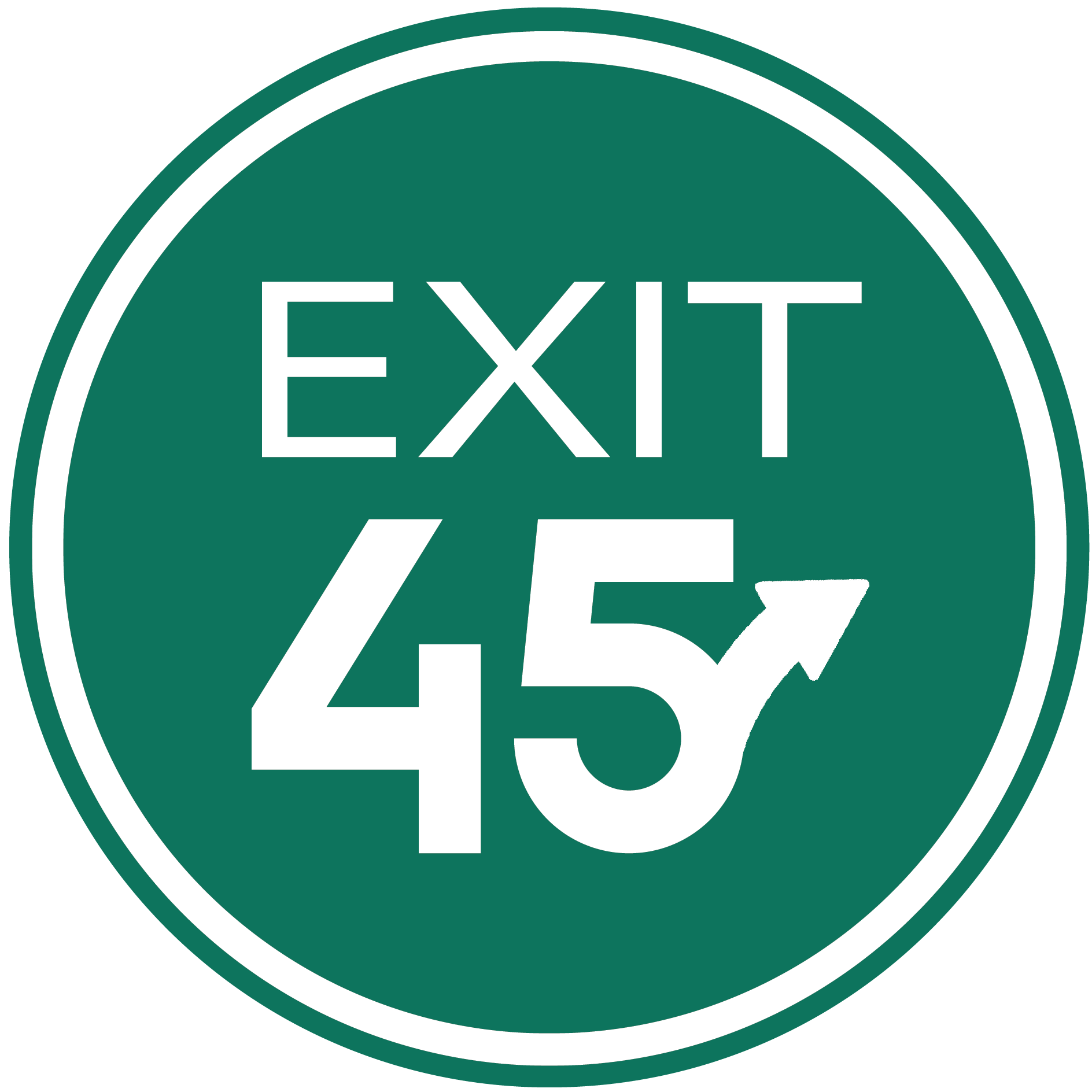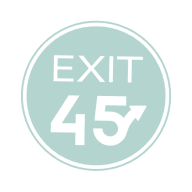Inadequate Seller's Discretionary Earnings (SDE) When Selling a Business
In Issue #56, we discussed the number one obstacle to the successful sale of a business – the Business Owner’s Failure to Plan for a Sale. This issue will discuss the very common obstacle of Inadequate Seller’s Discretionary Earnings (SDE).
"Business without profit is not business any more than a pickle is candy." Charles F. Abbott
Inadequate Seller's Discretionary Earnings (SDE) When Selling a Business
Most small businesses are valued as a multiple of Seller’s Discretionary Earnings (SDE). In Issue #6, we briefly defined SDE as the net income (or net loss) on the company tax return + interest expense + depreciation expense + amortization expense + the current owner’s salary + owner’s perks. (CAUTION: as indicated in Issue #6, there are many other factors that might affect the calculation of SDE.) It would be a good time to re-read Issue #6 – How Small Businesses Are Valued Based on Seller’s Discretionary Earnings (SDE).
Inadequate seller’s discretionary earnings (below $100,000) is a major obstacle to the successful sale of a business.
Most buyers are looking for six-figure income potential
To justify the investment to acquire a business, most prospective business buyers need to pay themselves a reasonable salary for their efforts in running the business. The pool of buyers looking for the potential to make six figures ($100,000+) is huge, which creates demand in excess of supply, ultimately leading to higher multiples to maximize business valuations. For a prospective buyer to pay himself close to a $100,000 salary (after debt service on the acquisition), he’d have to acquire a business with Seller’s Discretionary Earnings of about $150,000 at an acquisition price of approximately $375,000 to $450,000. (CAUTION: The above are general numbers that may not apply to all industries or situations).
Seller's Discretionary Earnings below $100,000 is a major obstacle
Most of the time, if other obstacles are not significant, businesses with Seller’s Discretionary Earnings between $100,000 and $150,000 in SDE can be sold. As SDE decreases from $100,000, so does the likelihood of a successful sale. If SDE is below $75,000, the likelihood of a successful sale is greatly diminished.
In today’s business climate, obtaining lender financing for business acquisitions that have less than $100,000 in SDE is extremely difficult. For more information, read this article: Issue #61 – Business Acquisitions that Cannot be Financed.
Seller's Discretionary Earnings above $150,000 significantly improves salability
Here’s the bottom line: other than a Business Owner’s Failure to Plan for a Sale, the single largest obstacle to a successful sale is having SDE below $100,000. And the chances of a successful sale increase significantly if SDE is $150,000. As SDE increases beyond $150,000, the likelihood of a sale greatly improves. If a sale is not adequately planned, however, obstacles other than Inadequate Seller’s Discretionary Earnings (SDE) can and will raise their ugly heads.
Now that you know $100,000 – $150,000 in SDE is the minimum goal you should strive for, do you know your current SDE? If you are short of that level, with a few changes you can probably reach that goal. But first you have to know where you are before you can determine how to get where you want to go.
"Change your life today. Don't gamble on the future, act now, without delay." Simone de Beauvoir
Overcome the Power of Inertia
Overcome the Power of Inertia and call a business broker for a free consultation. Many brokers offer no-charge, no-obligation evaluations of small businesses. They can provide a broker opinion of value and help you identify obstacles to a successful sale as well as opportunities for improvement to increase the value of your business. That is a great way to start planning for a successful and profitable exit from your business.

